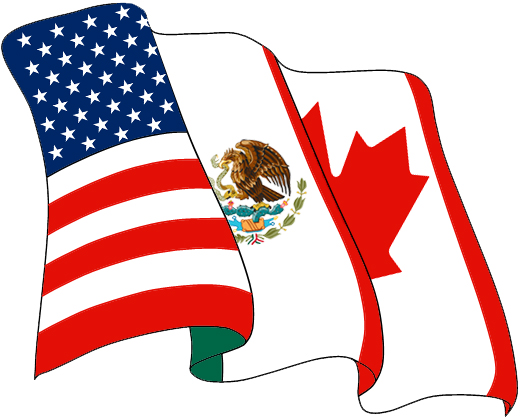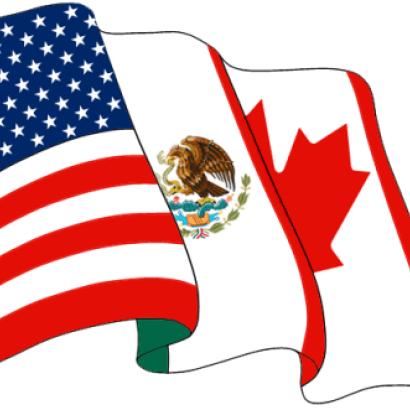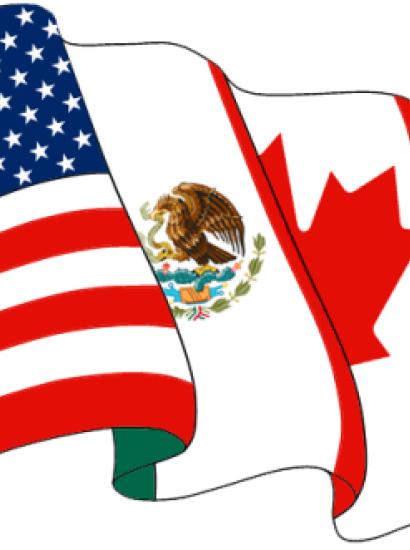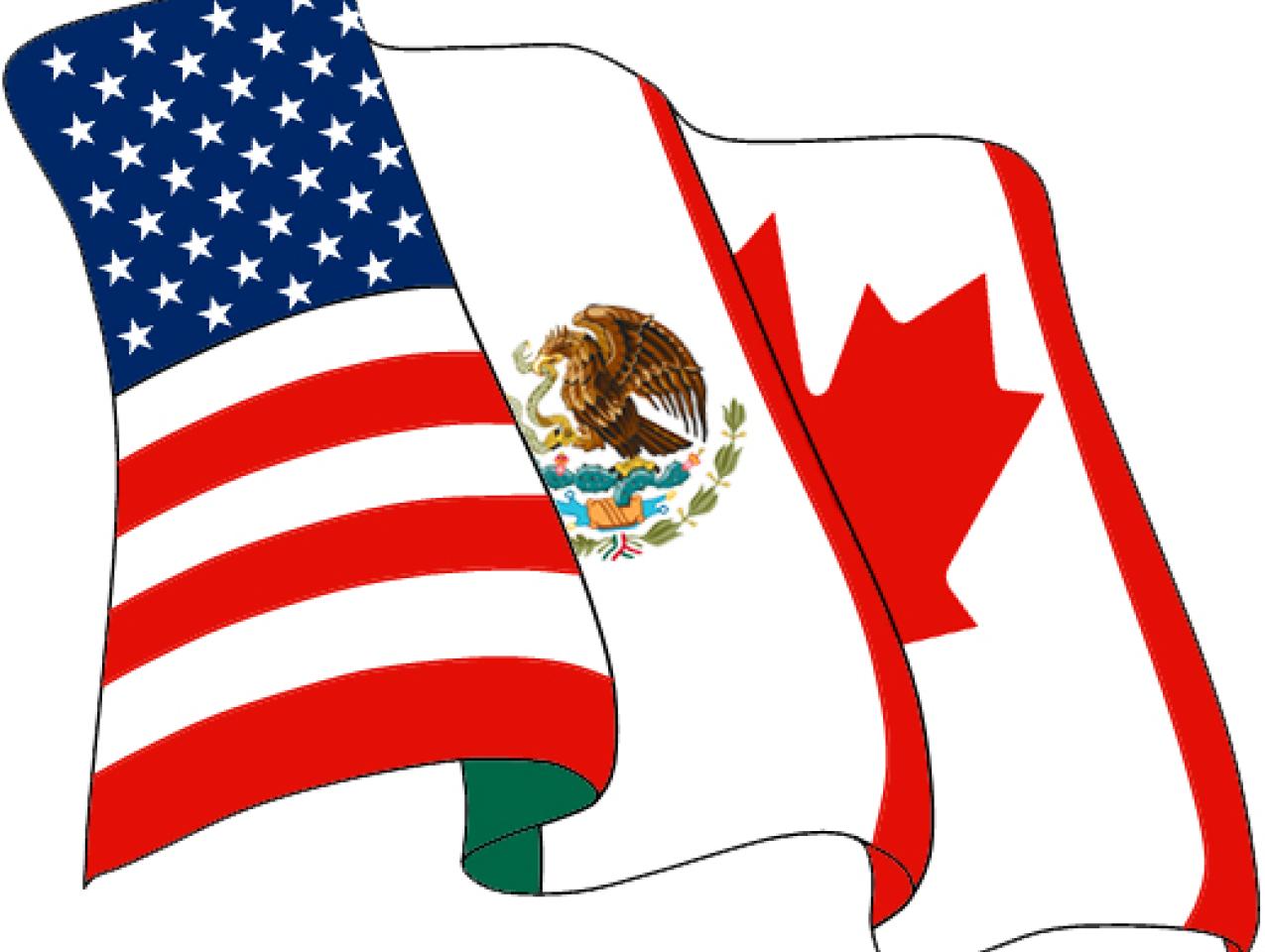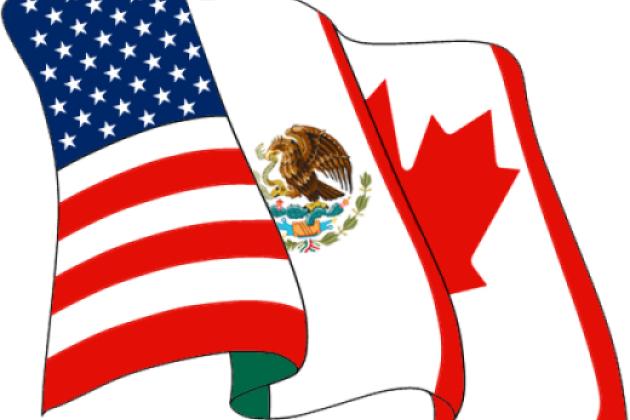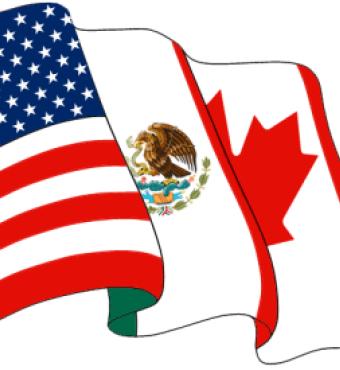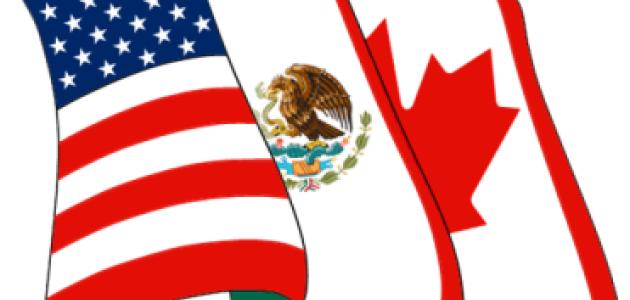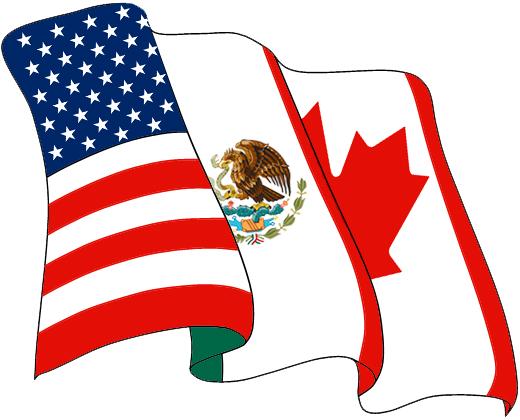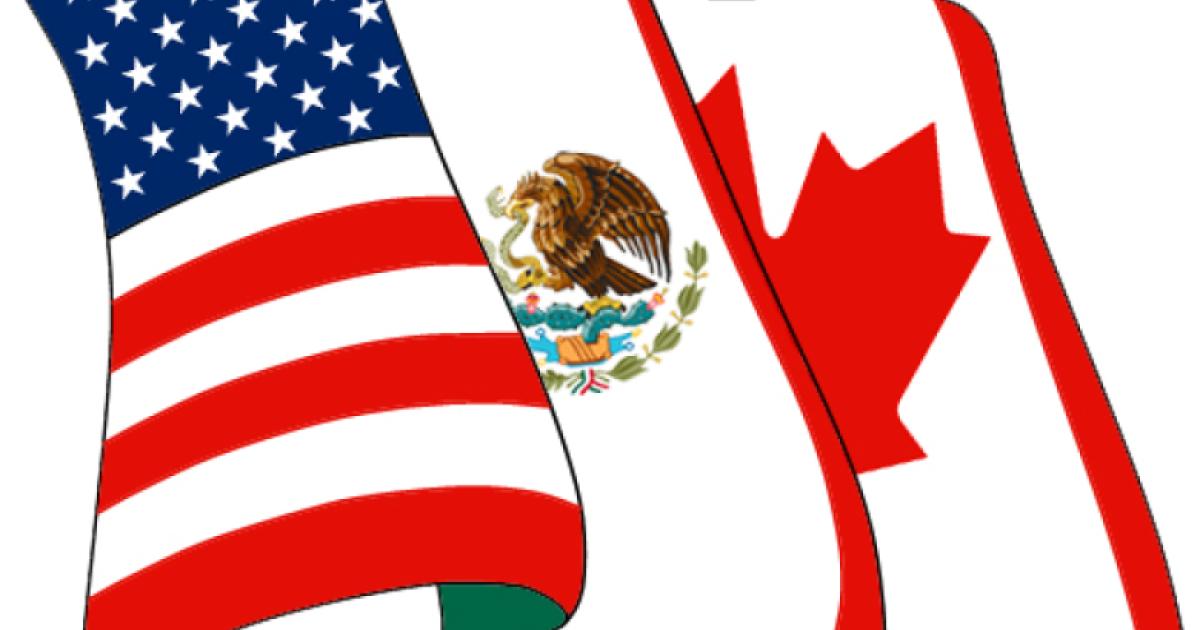- Economics
- History
- Law & Policy
- Politics, Institutions, and Public Opinion
“I have long contended that NAFTA was perhaps the worst trade deal ever made,” said President Trump at an October 1, 2018 White House ceremony where he touted its proposed replacement, the United States Mexico Canada Agreement (USMCA). A little over 14 months later, we are close to having the USMCA replace the North American Free Trade Agreement. Some people are referring to the USMCA as NAFTA 2.0. When we use such a numbering system for software, the higher the number the better the product. So software 2.0 is presumably better than software 1.0. In this case, though, USMCA is likely inferior to NAFTA. So USMCA could reasonably be labeled NAFTA 0.0.
In some small ways, USMCA is better than NAFTA. But in the main ways in which it differs, it’s worse. Of course, to judge any policy, you need a few criteria. My main criterion for trade agreements, which I share with the vast majority of economists, is: does the agreement move towards, or away from, free trade? On net, the USMCA is a move away.
But why is free trade my main criterion? For one ethical reason, one economic reason, and one national security reason. The ethical reason is that people should be allowed to trade with each other, even when there is a border separating them, unless there are very strong reasons against allowing such trade. Just as people in New York are allowed to trade across various state borders with people in California, people in the United States should be allowed to trade with people in Mexico.
The economic reason for allowing trade is that trade makes both parties better off; if it didn’t do so, they wouldn’t trade. Opening of trade encourages people to engage in production for which they have a comparative advantage. Just as it would be inefficient for even a middling-quality lawyer to do his own legal research instead of hiring a paralegal, it is inefficient for someone in the United States to produce a given-quality product at a cost that exceeds the cost for a foreign producer.
In the 18th century, the national security reason for allowing free trade was articulated succinctly by a French philosopher whom many signers of the Declaration of Independence read: Baron de Montesquieu, who wrote, “Peace is the natural effect of trade.” He then gave his reason: “Two nations who traffic with each other become reciprocally dependent; for if one has an interest in buying, the other has an interest in selling: and thus their union is founded on their mutual necessities.” In this century, two economists who examined a large number of trading nations, produced evidence for his view. Solomon W. Polachek and Carlos Seiglie of Rutgers University wrote, “[T]rading nations cooperate more and fight less. A doubling of trade leads to a 20% diminution of belligerence.”
For all three reasons, therefore, free trade is good.
How the USMCA stacks up depends on the baseline. If the alternative was that President Trump would have withdrawn from NAFTA, then the USMCA is great. The reason is that it preserves most of the gains from NAFTA. NAFTA was a major step towards free trade with Mexico. Recall that NAFTA came into effect in 1994, after the U.S.-Canada Free Trade Agreement of 1988, which had substantially reduced the already fairly low trade barriers between Canada and the United States. So the major gain to the United States from NAFTA was a further reduction of barriers to trade, this time with Mexico. A large number of tariffs were cut to zero right away and almost all of the remaining trade barriers were phased out over 15 years. By the time Donald Trump became President, therefore, virtually all tariffs were zero and there were only a few remaining barriers in a few industries.
Despite his claim that NAFTA was so bad for the United States, Donald Trump has never bothered to explain why he thinks that. So let’s try to fill in the blanks. Trump’s statements over the last 30 years suggest that he is what economists call a mercantilist, someone who judges trade to be good if a country exports a lot and imports little. Adam Smith, in his 1776 classic, The Wealth of Nations, refuted mercantilism and economists ever since have bought Smith’s reasoning and added nuance and evidence. More on that shortly. But even if Smith hadn’t refuted mercantilism, NAFTA would have been good even by mercantilist standards. What mercantilists tended to favor was high tariffs on imports to their own country and low tariffs on exports to other countries. So they would have disliked the tariff structure that preceded NAFTA. Mexico’s tariffs on imports from the United States were approximately 10 percent and U.S. tariffs on imports from Mexico were approximately 4 percent. By reducing tariffs in both countries to zero, therefore, NAFTA reduced Mexico’s tariffs on U.S. goods much more than it reduced U.S. tariffs on Mexican goods. Even by mercantilist standards, that’s a win.
The added problem, though, and this is not a detail, is that mercantilism is a mistaken view of trade. It’s half right. All other things equal, exports are good, because those who export make money on those exports. But it’s half wrong. Imports are also good because those who import save money by buying lower-price items or even get to buy items that are not produced domestically. In any trade, both sides gain, and to leave out U.S. consumers’ gains from trade makes no sense. I like being able to buy fresh vegetables in the middle of the winter. The vast majority of Americans show by their behavior that they do too.
With free trade in mind as the criterion for judging a trade agreement, let’s compare the USMCA with NAFTA.
There are some improvements. One is in agriculture. Governments in Canada have been notorious for restricting agriculture imports from the United States. Those include dairy products, eggs, wheat, poultry, and wine. The USMCA would lighten these restrictions. That’s particularly important for the U.S. dairy industry right now because of the decades-long decline in the amount of milk that the average American consumes. To put this in perspective, though, this is nothing like free trade; it simply increases, in small steps, the amount of various agricultural products that can be imported into Canada from the United States. Take a look at the U.S. Trade Representative’s bragging Fact Sheet on agriculture under the USMCA and see if it doesn’t make you think about a central planner grudgingly allowing slightly more freedom. Robert Lighthizer, the U.S. Trade Presentative and a vocal advocate of managed trade, might be proud. Neither Canadians nor Americans should be.
Another improvement is in the area of digital trade. The U.S. government’s International Trade Commission (ITC), in its April 2019 analysis, claimed that the USMCA would, after six years, actually increase U.S. real GDP, relative to the NAFTA baseline, by $68.2 billion, or 0.35 percent. That’s a substantial number, amounting to about $200 annually per American. But, the ITC admits, that estimate leans heavily on the assumption that the digital trade rules would be clear enough that digital trade would expand substantially. Simon Lester, associate director of the Cato Institute’s Herbert A. Stiefel Center for Trade Policy Studies, expresses a well-founded skepticism. He grants that this part of the wording is good: “No Party shall prohibit or restrict the cross-border transfer of information, including personal information, by electronic means if this activity is for the conduct of the business of a covered person.” But Lester notes lots of exceptions, such as for government measures that are “necessary to achieve a legitimate public policy objective.” Legitimate in whose eyes?
Unfortunately, the USMCA has two big negatives. The first is the rollback of free trade in the auto industry. Under NAFTA, the way to avoid the 2.5 percent tariff that the U.S. government imposes on cars from other countries is to make sure that at least 62.5 percent of the value of a car is produced in North America. The USMCA raises that to 66 percent and then, over a period of three years, to 75 percent. In short, that’s a 20 percent increase in the amount of value that must be produced in North America. Another restriction on trade is that 70 percent of the aluminum and steel used in North American auto production must originate in North America. Both provisions will raise the prices of cars, as even the ITC admits.
The other big USMCA rollback of free trade in the auto industry is the imposition of a minimum wage in the Mexican auto industry. You read that right. The Trump administration, which to its credit, has refused to support a bill to raise the U.S. minimum wage from its July 2009 level of $7.25 an hour, wants a minimum wage of $16 an hour in its neighbor’s auto industry. Trump’s economic advisers understand that one of the effects of a big increase in the U.S. minimum wage would be to hurt the employment prospects of unskilled workers. Remember that a minimum wage law doesn’t guarantee a job at the minimum wage. All it guarantees is that someone who gets a job will be paid the minimum wage. But as left-of-center Nobel economist Paul Samuelson pointed out years ago, it is the requirement that a young unskilled worker be paid the minimum wage that makes him less likely to get a job.
The $16 minimum wage will have little effect in the U.S. and Canadian auto industries because the vast majority of auto workers in those industries already are paid at least $16 an hour. But the effect in the Mexican auto industry, absent other adjustments, would be devastating. According to a 2018 study by the Center for Automotive Research, based in Ann Arbor, Michigan, in 2017 the Mexican wage for auto assembly averaged $7.34 an hour. The auto producers in Mexico aren’t about to more than double the wage.
Fortunately, the devastation is limited because the auto industry can simply import from Mexico and pay the 2.5 percent tariff. That’s almost certainly cheaper than paying more than double for Mexican labor.
All of these measures in the auto industry would drive up the price of a car in the United States.
The other big negative is that the USMCA dictates labor policy in Mexico. House of Representatives Speaker Nancy Pelosi, who favors tough enforcement of labor rules in Mexico, explicitly credits Rich Trumka, the president of the AFL-CIO, for pushing the Trump administration in this direction. The results will be hard to know in advance without knowing how extreme the enforcement will be. But the U.S. government, whether in the form of Pelosi, Lighthizer, or Trump, has a lot of gall in trying to override another government and dictate its internal labor policy.
Robert Lighthizer, in a press release last week, stated, “This [USMCA] will be the model for American trade deals going forward.” Unfortunately, I think he’s right.







